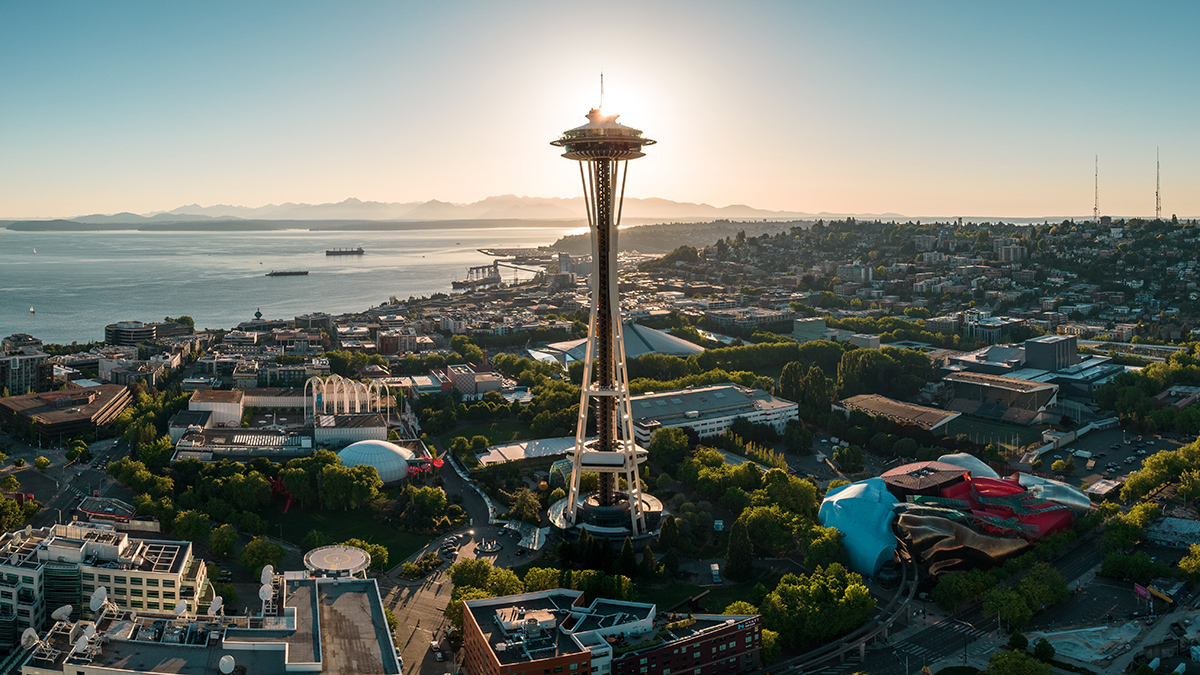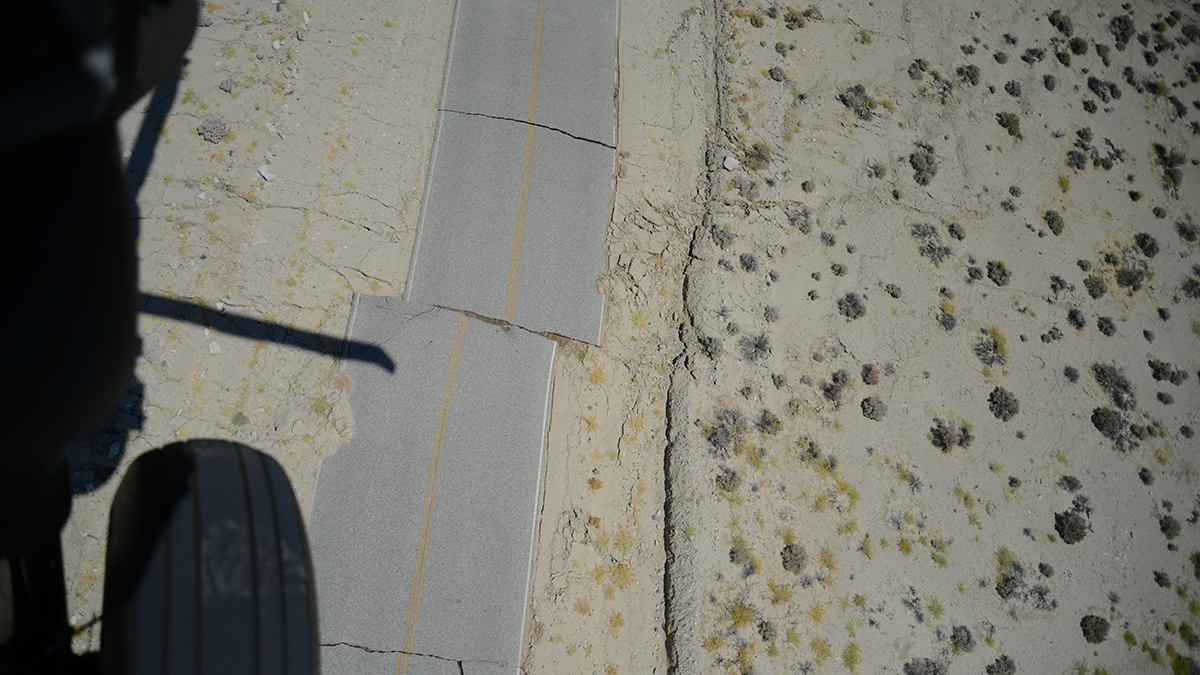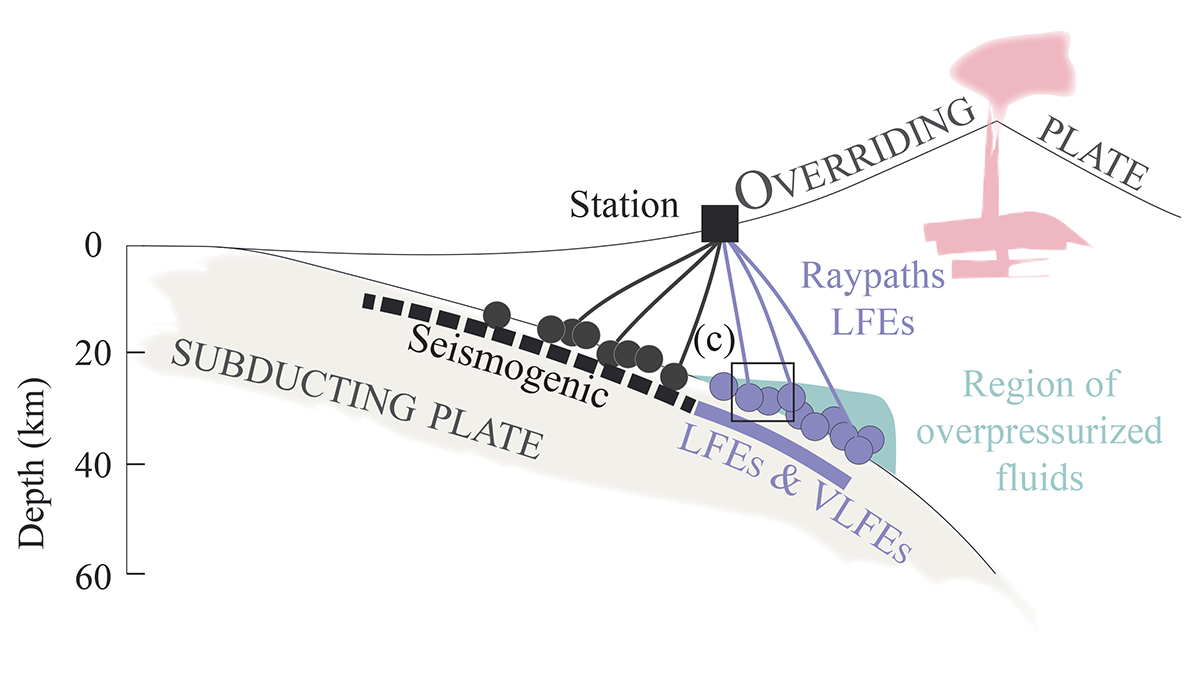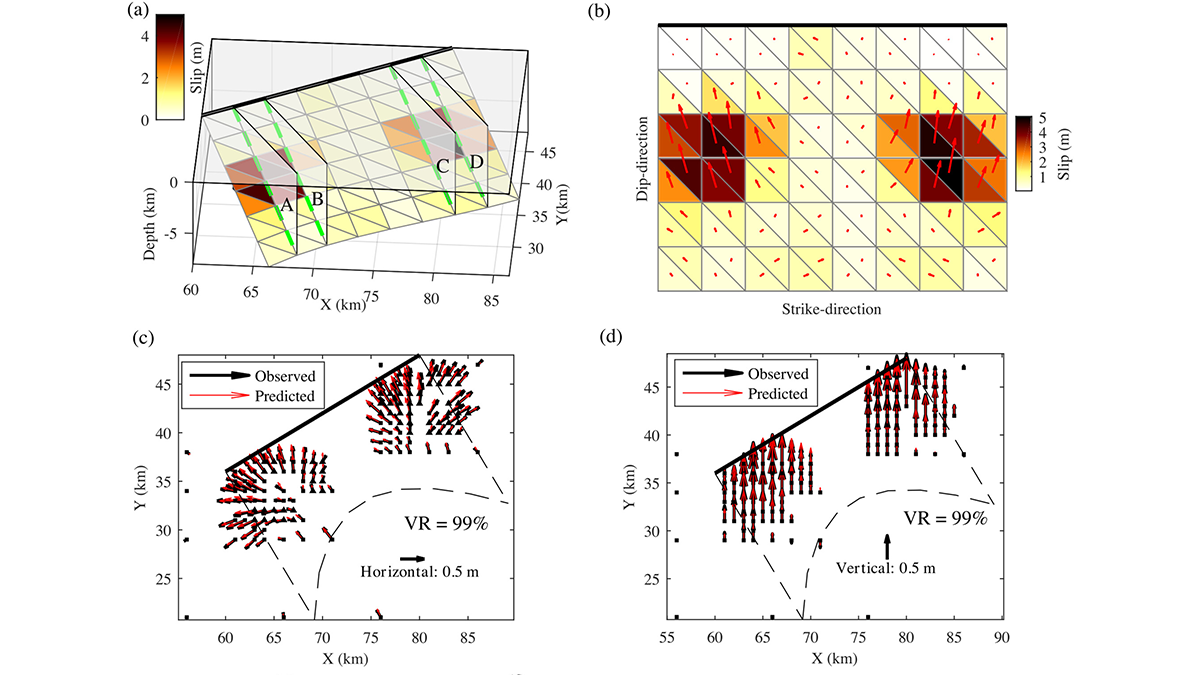A new center will bring together earthquake scientists to study the Cascadia Subduction Zone and clarify seismic hazards.
faults
Flowing Crust Pushes Faults on Their Backs
Puzzlingly shallow faults in western Türkiye are likely getting a boost from below.
Low-Frequency Quakes Have Modest Effect on Slow Earthquake Cycle
Slow slip phenomena on subdaily scales, captured by seismic and GNSS data, show that low-frequency earthquakes are incidental to larger magnitude slow earthquakes, in which aseismic slip dominates.
Talc May Make Mexico’s Subduction Zone More Slippery
Production of the weak, water-bearing mineral at the interface between the Cocos and North American Plates could contribute to the occurrence of poorly understood episodic tremor and slow slip.
Global Earthquake Analysis Seeks Elusive Foreshock Signal
Spotting foreshocks for what they are could help seismologists forecast large earthquakes.
A New Workflow to Image the 3D Structure of Active Faults
A new approach to illuminate 3D fault structures using earthquake hypocenters may improve our understanding of earthquake propagation and arrest across step overs.
Are Low-Frequency Earthquakes Just Slow Slip?
Tests of seismic attenuation show fluid saturation and high pressure near a seismic source reduce high-frequency content, challenging the idea of slow slip as the cause of low-frequency earthquakes.
Rougher Faults May Generate More Earthquake Aftershocks
Lab experiments on pieces of granite reflect natural aftershock dynamics and highlight the role of rock roughness along a fault.
Bayesian Inversion Used to Recover Geometry of Ruptured Fault
A new Bayesian inversion framework is used to solve non-planar geometry of a ruptured fault from spatially variable slip and rake measured with geodesy.
The Western Great Basin Has an Arsenic Problem—Blame Its Geology
A new study links geological factors such as faulting and geothermal activity to an elevated risk of arsenic contamination in private wells across the Great Basin.










